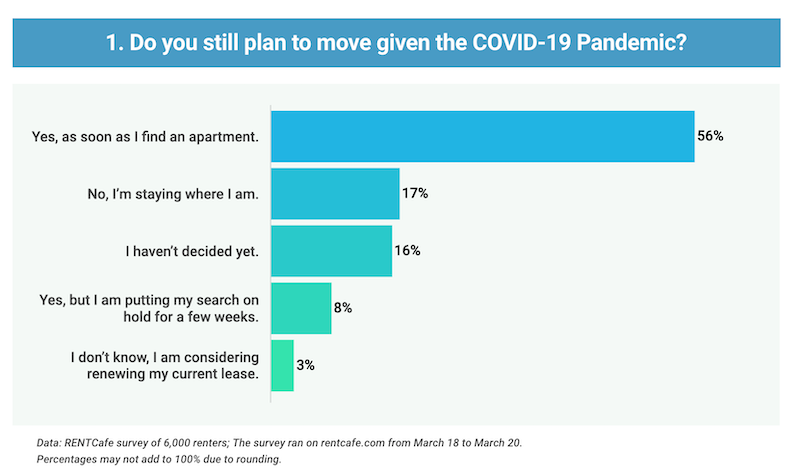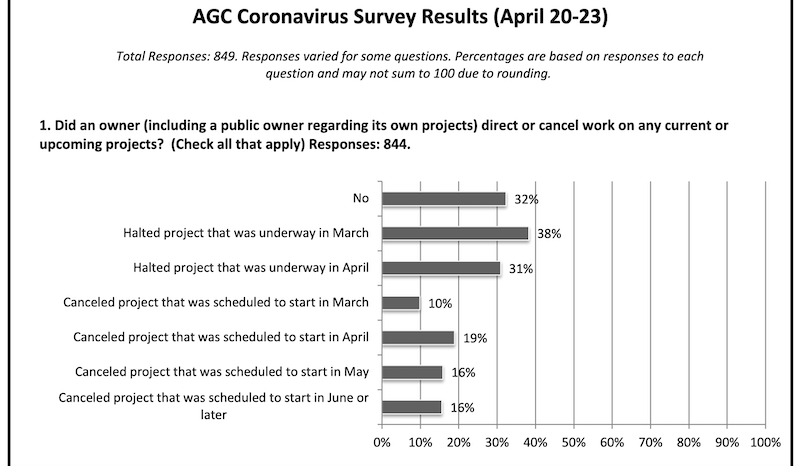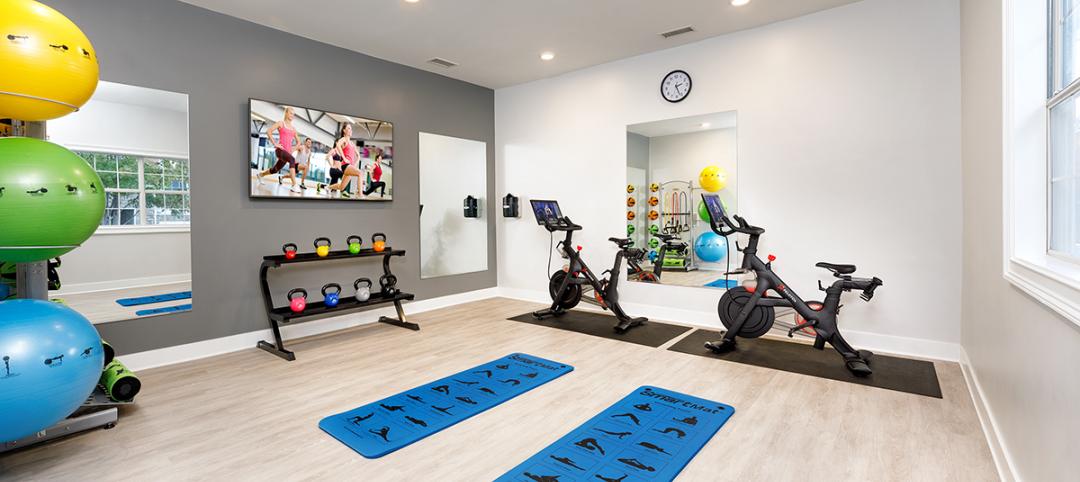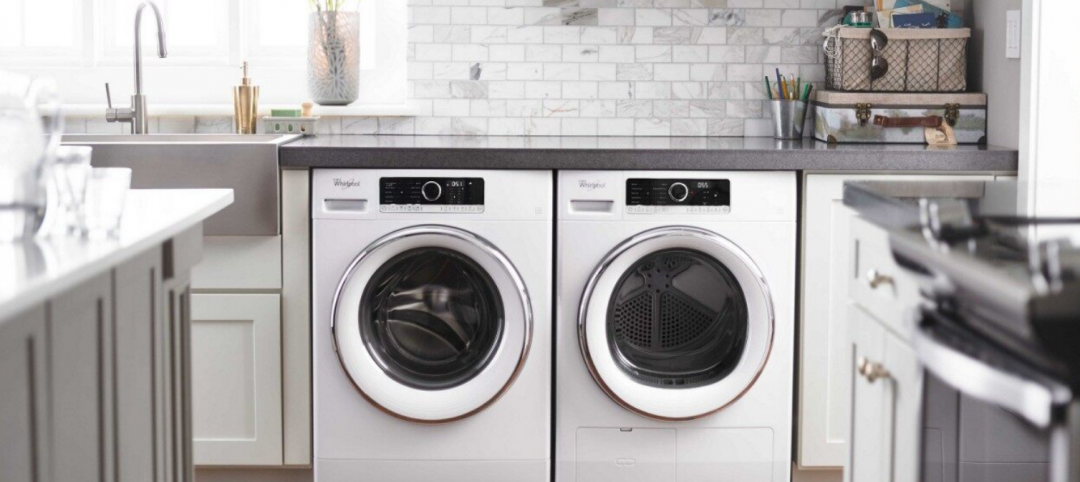Editor's note: This is an update of a previous report citing the AGC survey of March 17-19. This report cites only AGC survey data for respondents who construct buildings, not those who do highway, water/sewer, or federal projects.
COVID-19 is taking its toll on the U.S. vertical construction market. In its April 20-23 survey, the Associated General Contractors of America found that only one-third (32%) of the 844 respondents reported that they had not experienced projects being shut down or delayed by owners or government officials. Nearly half (49%) said suppliers had told them deliveries would be late or cancelled; 18% were having trouble getting permits, inspections, or COs because local building department personnel were at home. Twenty-six percent cited shortages of construction materials, parts, or equipment
Let’s drill into the impact COVID-10 on the multifamily sector.
MULTIFAMILY HOUSING: A MIXED ECONOMIC FORECAST
The number of multifamily units permitted in the last three years—mostly at the high end of the rental market—hit a 30-year record. A lot of that inventory will be coming online in the next 12 months, possibly diluting prices, according to Igor Popov, Chief Economist with Apartment List. Affordable housing, already in short supply, “will become even more rare through the 2020 peak season,” he said.
Apartment owners have been turning to virtual tours to attract tenants, possibly leading to mainstream adoption of “sight-unseen moves” by renters, Popov said.
One unexpected outcome of the coronavirus crisis could be heightened demand for bigger apartments, said Adam Ducker, Senior Managing Director, RCLCO. That three-bedroom unit might look pretty good to a family that’s been holed up in a two-bedroom for the duration.
And it looks like renters are still looking to move. RENTCafé surveyed more than 6,000 of them March 18-20 (https://bit.ly/39lXYSq) and found that most (56%) plan to move as soon as they find an apartment; only 17% said they would stay put.

RENTCafe found that the majority (56%) of the >6,000 renters surveyed planned to move as soon as they could find an apartment, despite the coronavirus pandemic.
STUDENT HOUSING: COMPARING THE CAMPUS AND OFF-CAMPUS OUTLOOK
Most colleges and universities have cleared out their on-campus residences, except for special cases like international students.
Not so at many off-campus properties. “We will continue to remain open and operate our communities in a safe manner,” Avi Lewittes, CIO, The Scion Group, told National Real Estate Investor (https://bit.ly/2xl1zTI). Scion, which owns and operates 55,000 student beds, found that 70% of the 6,500 respondents to a survey of its renters said they intended to stay in their student residences.
Owners of privately held student housing may not have a choice. “Unless a building is unlivable, we have a contractual obligation to provide housing,” said Dorothy Jackman, Executive Managing Director, Colliers International.
SENIOR HOUSING CONSTRUCTION MAY TAKE A BIG HIT, ESPECIALLY IN THE AFFORDABLE CATEGORY
Multifamily housing for seniors, especially at the low end of the market, could be taking the greatest impact from the coronavirus crisis, said Taylor Mammen, Senior Managing Director, RCLCO. However, for senior housing run by long-term operators, those managers “have taken this situation seriously and have been less impacted,” said Mammen.
RCLCO’s Ducker said the COVID-19 event may prompt designers and developers to question the role of senior living communities: What is lifestyle, and how should it be weighed against the health and wellness component of housing for seniors? Which assets and locations will thrive?
Developers, owners, and designers of independent living, assisted living, and memory care facilities, and most particularly skilled nursing facilities, will have to rethink past assumptions in light of the coronavirus pandemic.
More from Author
Rob Cassidy | Mar 30, 2020
Your turn: Has COVID-19 spelled the death knell for open-plan offices?
COVID-19 has designers worrying if open-plan offices are safe for workers.
Rob Cassidy | Nov 20, 2019
Word of the Year: "climate emergency," says the Oxford English Dictionary
The Oxford Word of the Year 2019 is climate emergency.
Rob Cassidy | Nov 8, 2019
The Peloton Wars, Part III - More alternatives for apartment building owners
ProForm Studio Bike Pro review.
Rob Cassidy | Nov 1, 2019
Do car-free downtown zones work? Oslo, yes; Chicago, no
Two recent reports (October 2019) explore whether car-free downtowns really work, based on experience in Oslo, Norway, and Chicago.
Rob Cassidy | Oct 9, 2019
Multifamily developers vs. Peloton: Round 2... Fight!
Readers and experts offer alternatives to Peloton bicycles for their apartment and condo projects.
Rob Cassidy | Sep 4, 2019
Peloton to multifamily communities: Drop dead
Peloton will no longer sell its bikes to apartment communities.
Rob Cassidy | Sep 3, 2019
Top 10 indoor amenities in multifamily developments for 2019
In-unit washer/dryer heads our ranking of the top indoor amenities in multifamily housing developments.
















